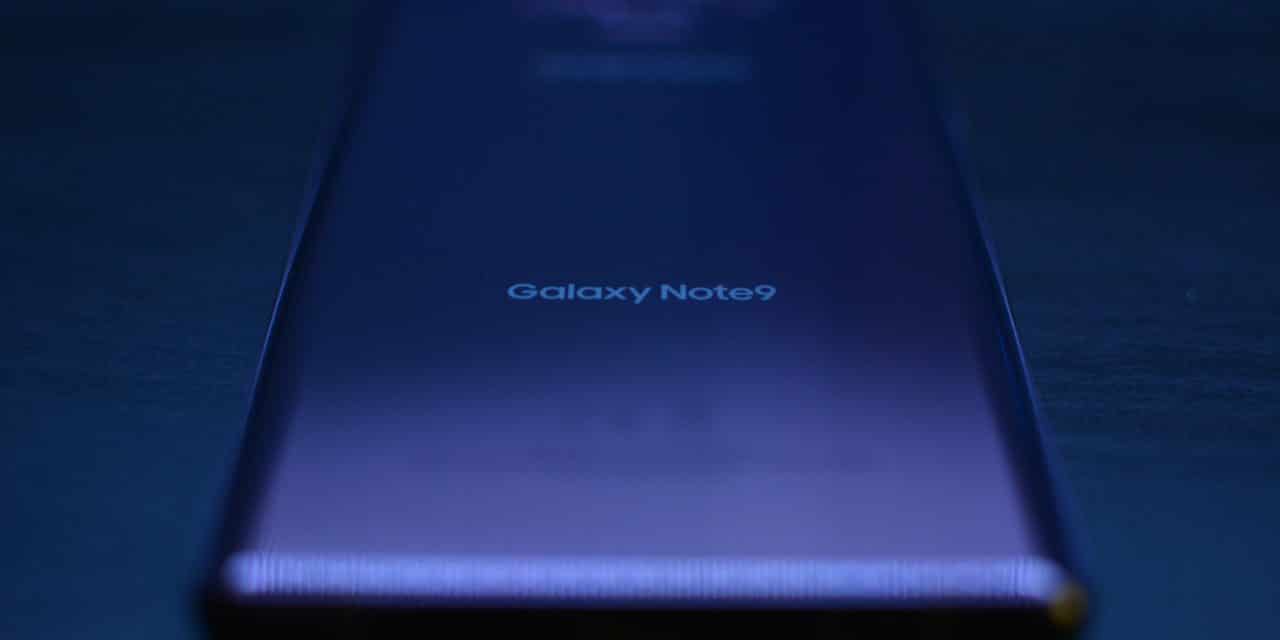[ad_1]
Verizon FiOS, sometimes simply FiOS (pronounced fie-ohss – fie as in Wi-Fi and ohss as in lactose), which stands for “Fiber Optic Service,” is an Internet, telephone, and TV service that is presently offered in some areas of the United States by Verizon.
Verizon has attracted consumer and media attention in the area of broadband Internet access as the first major U.S. carrier to offer such a service (fiber to the home/premise). In their rapidly expanding coverage areas, FiOS provides telephone, Internet and digital video services to the subscriber's premises. Some areas do not have service due to franchise agreements, and some can only receive the Internet access, also due to franchising. Other service providers (e.g. cable) have fiber optics, but they only have fiber from station to station, not to the home/premise.
Verizon also offers analog service, or POTS (i.e. plain old telephone service), over FiOS. This would mean that the last connection of POTS which is copper, is replaced by a digital signal. FiOS phone is not VoIP, it is still POTS. The copper phone lines at the location connect to the ONT, which provides dial tone, just like a copper connection. FiOS “hooks up” with phone lines, but does not require a VoIP adapter. The common model optical network terminals have 2 or 4 analog phone jacks.
Power Outages May Affect Reliability
Standard copper phone lines carry a low-voltage electrical charge that sustains telephone service in the event of a power outage. Due to the nature of fiber-optic technology, any voltage available on the phone line would have to be sourced on-site at the customer's premises. This means that if there is no electricity at the premises, telephone service will be interrupted.
This may be an issue for sites that experience extended power outages that depend on analog phone lines for remote monitoring, alarm systems, and/or emergency calls. Verizon provides a rechargeable battery backup unit free with installation of the service. Older units allow for 4 hours of power to the optical network terminal during a power outage, while newer units installed as of 2008 allow for 8 hours.
Verizon May Monopolize Copper After FiOS is Installed
Verizon claims to not do anything that would affect or disable the pre-existing copper lines that carried phone service or DSL, though the official company policy is that customers cannot retreat back to copper service without higher level management approval.
However, there have in fact been reports in various markets that Verizon has physically de-installed the copper lines (or the Network interface device, necessary for copper-line phone service) at the time that FiOS was installed, effectively removing any “path of retreat” to copper based services. Verizon is required by law to share copper media with competing service providers, but no such requirement exists for fiber media.
Delays in Making the Switch to FiOS over POTS
When you make this type of a switch, the copper lines have to be disconnected 24 hours in some or all cases, before the number can be moved to FIOS. The purpose is to allow them to build the numbers into the FIOS database and establish the FIOS equipment designation on site. Once that's done, they send a tech out to connect the lines up to the assigned ONT/s.
[ad_2]
Source by Karen Thatcher

